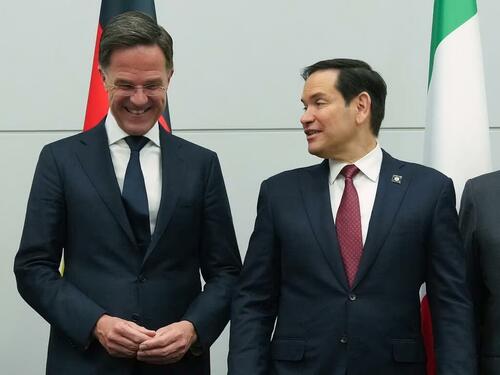
What Peter Marks’ Resignation from FDA Means for Vaccine Safety and the Future of Biologics
Tháng 4 5, 2025
Massachusetts at a Crossroads: The Controversial Termination of Federal Education Grants
Tháng 4 5, 2025The Uncertain Future of U.S. Commitment to NATO: Insights and Implications
Recent discussions about the potential for the United States to withdraw from NATO have stirred considerable debate within political and military circles. Described as “hysteria” by Secretary of State Marco Rubio, these conversations stem from legitimate concerns among NATO allies regarding the future of American commitment to the alliance. Several critical factors contribute to this atmosphere of uncertainty, casting doubt on the traditional role the U.S. plays within NATO.
Shifting U.S. Defense Strategy
One of the most alarming indicators of a possible shift away from NATO commitments is the content of a secret Pentagon memo that suggests a realignment in U.S. defense strategy. The memo indicates that the focus may shift towards prioritizing defense against China and enhancing homeland security. By potentially diverting attention and resources away from European concerns, this strategy raises alarms among NATO allies who rely heavily on U.S. support in responding to threats from Russia and other adversaries.
Defense Spending Demands
Adding further complexity to the situation is the ongoing pressure the United States has exerted on its NATO allies to increase defense spending. While it is valid for the U.S. to encourage its allies to invest more in their defense capabilities, these demands have led to growing unease about whether the U.S. is willing to shoulder the leadership role that NATO expects from it. Allies may begin to question the long-term credibility of American leadership if they perceive that the U.S. is more focused on burden-sharing than on being a committed partner.
Potential Troop Withdrawals
Moreover, reports indicating that the Pentagon is contemplating the withdrawal of some U.S. troops from Europe have further heightened anxieties within NATO. The significance of these deployments goes beyond mere numbers; they symbolize the U.S.’s commitment to collective defense under Article 5 of the NATO treaty. If troop levels are reduced, European nations might view it as a signal that the U.S. is distancing itself from its long-standing obligations to mutual defense, prompting them to reassess their own security strategies.
Uncertainty Around U.S. Commitment
Despite officials’ reassurances regarding the U.S. stance on Article 5, lingering doubts remain. Past comments made by former President Donald Trump questioning the U.S.’s commitment to come to the aid of NATO members have exacerbated these uncertainties. While NATO officials continue to affirm that the U.S. stands behind Article 5, historical rhetoric has still lingered over the alliance’s dynamics.
Preparing for Change
In light of these developments, European countries are proactively preparing for potential changes in the U.S. involvement in NATO. This preparation may involve strengthening their defense capabilities independently and fostering closer military ties with non-NATO countries to ensure their own security. The prospect of a U.S. withdrawal or reduced engagement necessitates that allies reconsider their strategies to maintain a strong defense posture in an increasingly complex global landscape.
In conclusion, the discussions surrounding the U.S. commitment to NATO are steeped in significant concerns that cannot be overlooked. While some may dismiss these worries, NATO allies are rightfully contemplating how American strategic shifts, defense spending demands, potential troop withdrawals, and statements about commitment may fundamentally alter the alliance’s future. As these discussions unfold, it remains essential for both U.S. and European leaders to engage openly and work collaboratively to ensure the transatlantic alliance remains robust and effective in addressing shared security challenges.

